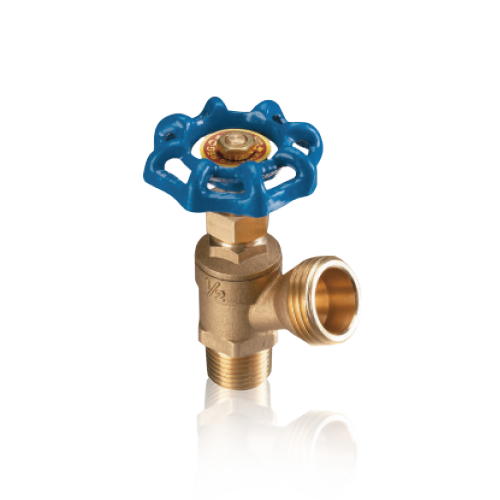Among these, the guided-piston relief valves are the most popular. This type of valve responds quickly but may leak gas below its cracking pressure. It also has good repetitive accuracy. Its hardened steel piston and sleeve are durable and offer long-lasting service. However, they may leak under low pressures. Therefore, it is necessary to use a piston seal to prevent leakage. Although this type of valve is the cheapest option, it is not suitable for low-pressure applications.
When selecting a low differential pressure valve, it is important to select the right one for the system. If the overall system pressure is too high, the control valve will not regulate it properly. A low-pressure valve is the ideal solution to avoid pressure loss. A typical example of this is a facility that can operate at maximum pressure of 18 inH2O (44.5 mbar). It can't regulate the system at this pressure with a control valve that has a high actuation force.

Low pressure valves are designed to control gas and liquid flow. They are available in manual and hydraulic designs. You can choose between a PTFE, PU, or ceramic body style. The operating temperature of these valves can range from -18degF to 600degC. Moreover, they can be fitted with hydraulic or pneumatic actuators for remote control. If you have any questions, feel free to contact a BuTech Product Specialist.
The most common low-pressure valves are made of plastic and stainless steel. These valves are available in different materials and are made from a variety of materials. They are made of stainless steel, and are easy to install. The valves can be used in a wide variety of applications. In addition to this, they are extremely flexible. They are ideal for the maintenance and repair of industrial applications. A high-quality low-pressure valve is designed to last.
Pressure balance valves are typically closed and used to counterbalance weight. They are usually connected to a rod end of a cylinder, while the secondary port is connected to a directional control valve. The pressure balance valves are set to a slightly higher-pressure setting than the load. Once the fluid has been extended, the pressure balance valves shift. A high-pressure low-pressure BP valve is a common choice for many applications.

 英语
英语 中文简体
中文简体 德语
德语 西班牙语
西班牙语











